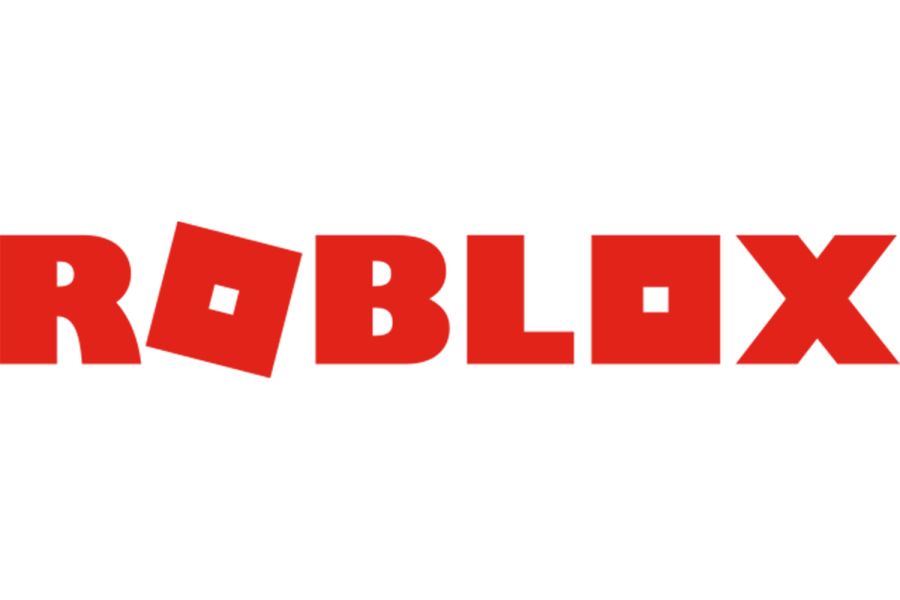Vaping and Social Media – Tips For Parents/Caregivers
2 November 2021

We’ve been fielding lots of questions from parents/caregivers lately around vaping and social media. Below we have provided some helpful information and tips so you’re across this increasing trend.
Firstly, what is it? A person 'vaping' inhales a vapour created by an electronic cigarette (e-cigarette) or another vaping device. It is often referred to as JUUL (a provider of vape products). E-cigarettes are battery-powered smoking devices that often look like cigarettes, cigars, pipes, pens, USB hard drives, or phone power bank chargers.
They have cartridges filled with a liquid that usually contains Nicotine, flavourings, and chemicals. There are also non-nicotine liquids. The liquid is heated into a vapour, which the person inhales. That's why using e-cigarettes is called 'vaping'.
Tween/Teen Vaping, Usage and Social Media
A recent study by the Alcohol and Drug Foundation found that as of September 2021 in Australia, 14% of 12–17 year olds have tried an e-cigarette, and 32% had tried in the past month.
Combined with the lack of current education around the risks of vaping for teens, they are quickly becoming the highest percentage of current e-cigarette/vaping smokers in Australia.
Social Media sites state that they will remove content or advertising relating to the sale or purchases of e-cigarette/vaping products on their sites. However, a vast amount of vaping content is still shown on sites such as TikTok and Snapchat.
Potential Health Implications
Vaping is a relatively new product, and therefore the long-term side effects have not yet been fully identified; however, health experts are already reporting severe lung damage to people who vape, including some deaths. Vaping cartridge liquids contain hazardous substances with flavours made to make them taste pleasant. Some of the hazardous substances found in the vaping cartridges are:
formaldehyde (used for preservation of bodies and in resins used in sealing wood);
acetaldehyde (used to produce disinfectants, drugs, and perfumes);
acrolein (used in the manufacturing of plastics, fuel, diesel, paraffin wax).
The hazardous chemicals within the vaping cartridge are known carcinogens (cancer-causing), and although vaping is sold as a safer option than actual smoking, the chemicals alone in the flavours indicate that this may not be the case. Vaping also can contain nicotine; even when the fluid is sold as nicotine-free, there are small amounts of nicotine (nicotine is the substance in tobacco (cigarettes) that makes it hard to stop or quit).
Although vaping is often sold as a healthier option than conventional smoking, the non-nicotine version also causes health complications and problems.
What can you do as a parent/caregiver?
Talk openly. Ask questions. Do they fully understand what it is, and the health implications? Do they understand the ties to big tobacco? If they don’t, research it together. Find out if they are being pressured into trying or buying vaping products. Teach them the power of “no”.
Related Posts


